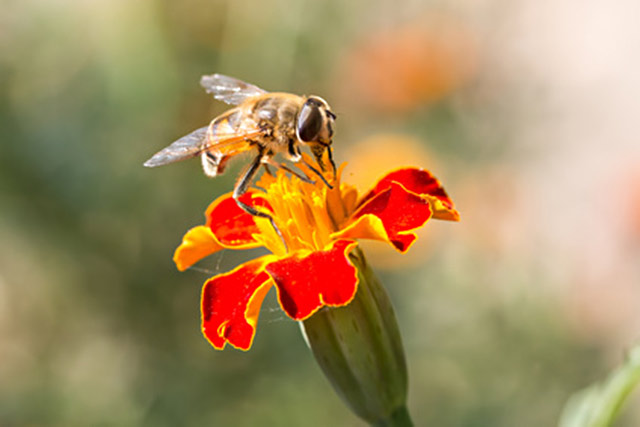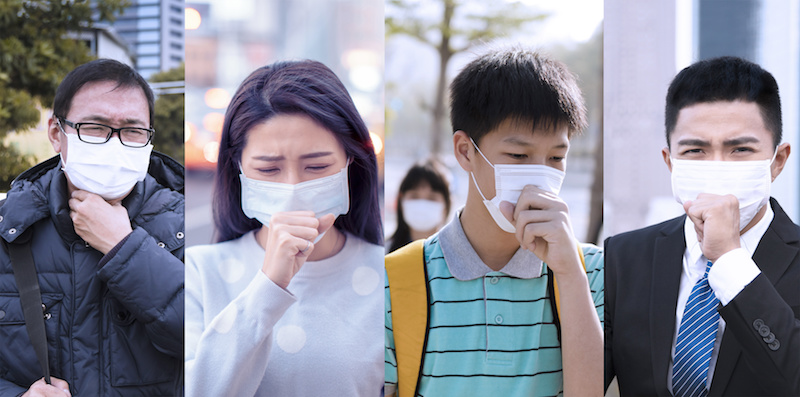Bees are on the endangered list for first time in U.S. history.
While this may sound like bad news at first, there is actually a silver lining. Because bees are on the endangered list, seven bee species from Hawaii are now protected under the Endangered Species Act.
The Endangered Species Act basically provides for the conservation of species that are endangered or threatened by protecting the species and the ecosystem they live in.
The US Fish and Wildlife Service reported that the yellow-faced bee species was added to the endangered species list after years of research showed that they were threatened.
Yellow-faced bees are known “for their yellow-to-white facial markings.” They look like small wasps, according to the federal registry, except for their “plumose [branched] hairs on the body that are longest on the sides of the thorax, which readily distinguish them from wasps.”
The yellow-faced bees, which were once one of the most abundant insects on the island, is now one of the least common pollinators.
“What we saw was really alarming—the bees were doing a lot worse than we thought,” says Cynthia King, an entomologist with Hawaii’s Division of Forestry and Wildlife.
Back in March of this year, we talked about how the world food supply was in crisis because of the decline in pollinators.
Bees cross-pollinate much of the common produce that humans eat, including apples, avocados, broccoli, carrots, cucumbers, almonds, and so much more.
Without bees, none of these foods can grow.
According to the National Resources Defense Council (NRDC), scientists believe that bee colonies are collapsing because of pesticide exposure, parasitic mites, and lack of food.
“Native pollinators in the US provide essential pollination services to agriculture which are valued at more than $9 billion annually,” said Eric Lee-Mäder, pollinator program co-director at the Xerces Society.
Note: None of the information in our website is intended to diagnose, treat, cure or prevent any illness or disease. The content on our website is for educational purposes only.
DON’T FORGET to sign up for our weekly newsletter to get our latest articles, updates, free recipes and giveaways.
World food supply in crisis with decline of pollinators.
Common pesticides attract bees and kill them.
Bee-friendly gardens may be killing our treasured bees.
REFERENCES:
1. “Vanishing Bees.” NRDC. National Resources Defense Council, n.d. Web. 4 Oct. 2016.
2. “Decline of Pollinators Poses Threat to World Food Supply, Report Says.” The New York Times. The New York Times, 26 Feb. 2016. Web. 4 Oct. 2016.
3. “Bees Added To U.S. Endangered Species List For 1st Time.” NPR. NPR, n.d. Web. 05 Oct. 2016.
4. “Bees Placed on Endangered Species List — a First in the US.” CNN. Cable News Network, n.d. Web. 05 Oct. 2016.

















